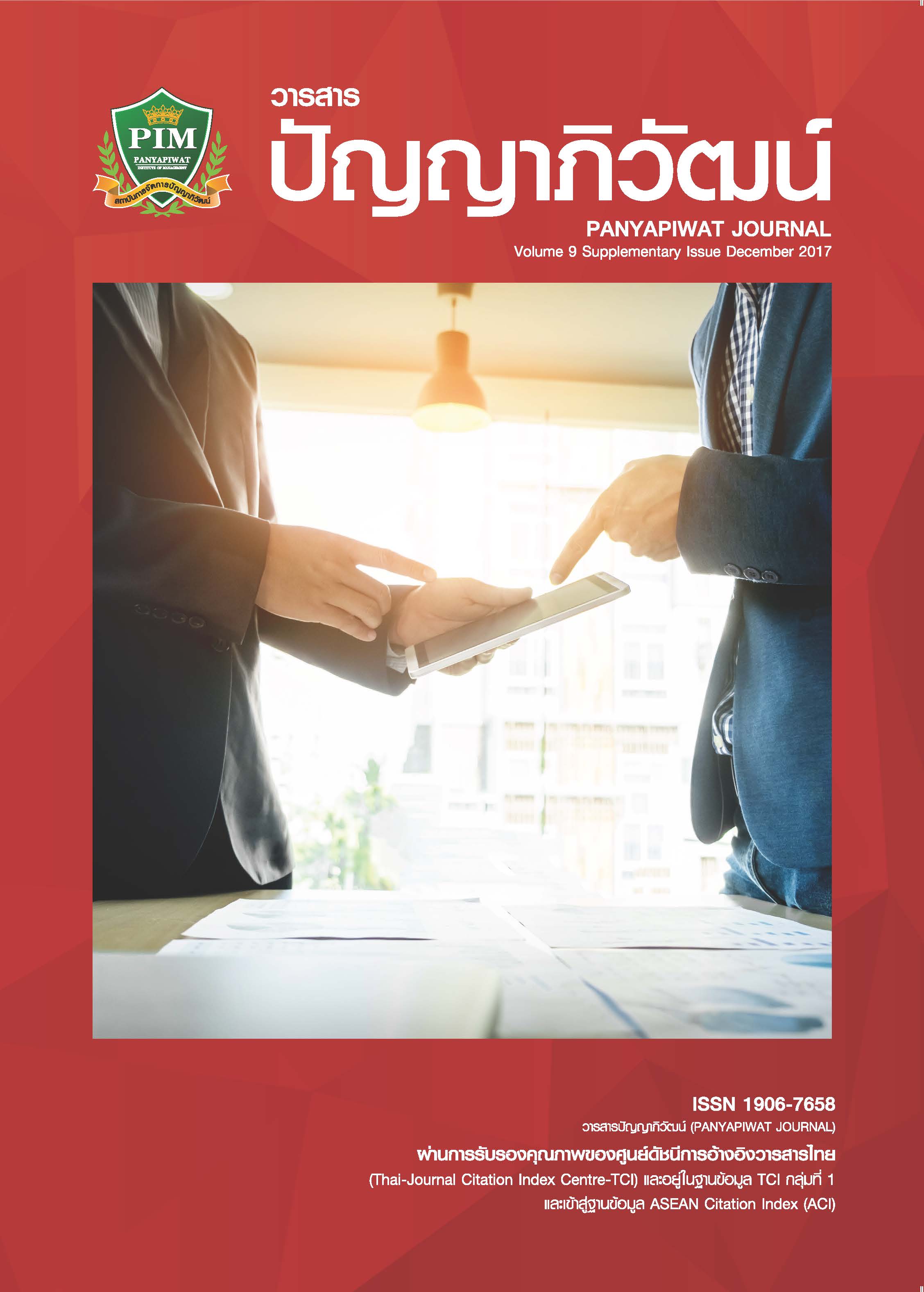清莱经济特区云南籍华裔中学生语言使用及语言态度调查报告
Main Article Content
บทคัดย่อ
我们以问卷调查法与访谈法,对清莱经济特区云南籍华裔中学生的语言使用及语言态度情况进行了较为详细的调查。调查结果显示:调查对象最常用的语言是泰语,其次是汉语,在不同语域里和面对不同交际对象时语言使用的情况不尽相同。在语言能力方面,调查对象泰语的“听、说、读、写”能力最强,英语明显最弱。在语言态度方面,调查对象对各种语言的态度都比较积极,认同程度由高到低依次为汉语、英语、云南话、泰语。在语言期望方面,他们对英语的语言期望相对最高,汉语次之。调查对象的性别、民族和世代与语言能力和语言态度及语言期望之间存在不同程度的关联。
Based on the questionnaire survey and interview survey, we investigate and analyze the language use and language attitudes of Yunnanese Chinese middle school students in Chiangrai’s special economic zone. The result of the survey shows that the most commonly used language is Thai by them, followed by Chinese, and the language use is not the same when in different register and face different communication object. In terms of language ability, the four language abilities of Thai are highest, and English is obviously lowest. In terms of language attitudes, their attitude towards each language is positive, and the degree of language identity from highest to lowest is Chinese, English, Yunnan dialect and Thai language. In terms of Language expectation, they have the highest language expectation of English, followed by Chinese. There are different degrees of relevance between gender, ethnicity, generation and language ability, language attitudes, language expectations.
Article Details
“ข้าพเจ้าและผู้เขียนร่วม (ถ้ามี) ขอรับรองว่า บทความที่เสนอมานี้ยังไม่เคยได้รับการตีพิมพ์และไม่ได้อยู่ระหว่างกระบวนการพิจารณาลงตีพิมพ์ในวารสารหรือแหล่งเผยแพร่อื่นใด ข้าพเจ้าและผู้เขียนร่วมยอมรับหลักเกณฑ์การพิจารณาต้นฉบับ ทั้งยินยอมให้กองบรรณาธิการมีสิทธิ์พิจารณาและตรวจแก้ต้นฉบับได้ตามที่เห็นสมควร พร้อมนี้ขอมอบลิขสิทธิ์บทความที่ได้รับการตีพิมพ์ให้แก่สถาบันการจัดการปัญญาภิวัฒน์หากมีการฟ้องร้องเรื่องการละเมิดลิขสิทธิ์เกี่ยวกับภาพ กราฟ ข้อความส่วนใดส่วนหนึ่งและ/หรือข้อคิดเห็นที่ปรากฏในบทความข้าพเจ้าและผู้เขียนร่วมยินยอมรับผิดชอบแต่เพียงฝ่ายเดียว”
เอกสารอ้างอิง
Chanida, T. & Lin, C. J (2015). A Survey on Language Use and Language Attitudes of Students at Chinese Elementary School in Northern Thailand: Taking Guangming Chinese School in Chiangrai Province as an Example. Journal of International Chinese Studies, 7(2), 275-285. [in Chinese]
Dai, Q. X. (2013). A Course of Language Investigation. Beijing: The Commercial Press. [in Chinese]
Feng, G. Y. (2013). On Three Performances of the Language Attitude. Studies in Language and Linguistics, 33(2), 112-118. [in Chinese]
Guo, X. (2013). Chinese Sociolinguistics (3th ed.). Beijing: The Commercial Press. [in Chinese]
Liu, Y. (2013). A Survey on Language Use of Northern Thai Chinese Students in Middle School: Taking Two Middle Schools in Chiangrai Province as an Example. Language Teaching and Linguistic Studies, (6), 17-22. [in Chinese]
Su, Y. X. (2010). A Research on Language Variation of Thai Middle School Students’ Chinese Using.Master’s thesis, Xiangtan University. [in Chinese]
Wang, C. J. (2013). Northern Thai Middle School Students Language Attitude and Influence on Chinese Acquisition: Take Chiang Mai City Vantaa Nuotaipa Yao Middle School as an Example. Journal of Nanchang College of Education, 28(3), 112-113. [in Chinese]
Xiao, H. (2011). A Survey on Language Use of Chinese Thai in Chachoengsao Community of Thailand. Master’s thesis, Xiangtan University. [in Chinese]
Xu, Z. H. (2008). The Status Quo and Future for the Chinese Language Education in North Thailand.Journal of Huaqiao University (Philosophy Social Sciences), (3), 114-118. [in Chinese]
Yi, Q. (2008). A Survey on Language Use of Chinese-origin in Lampang. Master’s thesis, Yunnan Normal University. [in Chinese]
You, R. J. (2015). A Survey of Language Ecology of Overseas Chinese in Thailand. Overseas Chinese Education, (1), 52-63. [in Chinese]
Zhu, H. (2005). A Survey on Language Use of Thai Chinese Village Located in Northern Thailand. Master’s thesis, Yunnan Normal University. [in Chinese]


